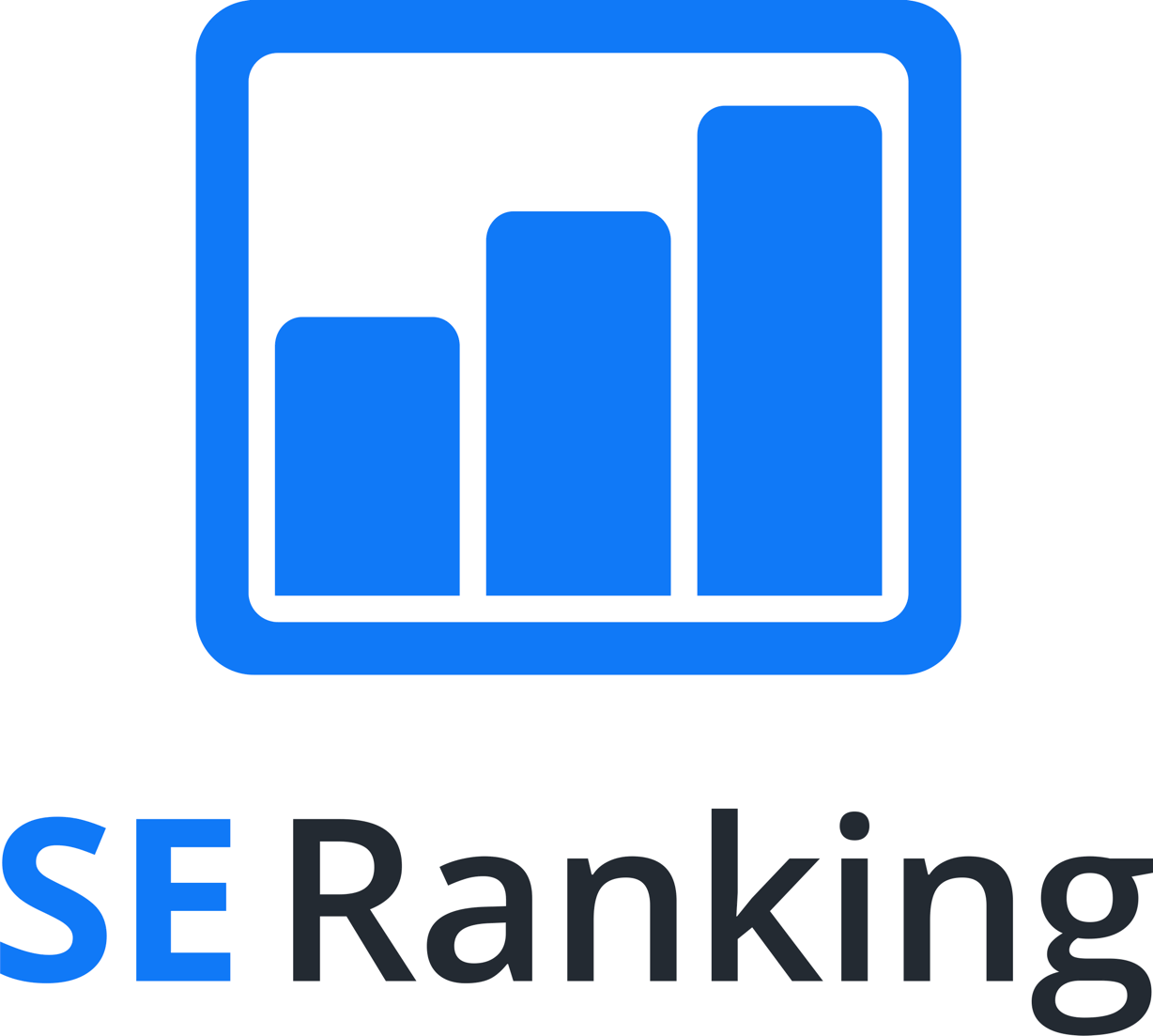Description

Site Analyzer

WooRank
Comprehensive Overview: Site Analyzer vs WooRank
Site Analyzer Overview
a) Primary Functions and Target Markets
Site Analyzer is an SEO tool that focuses on providing in-depth website analysis to help improve search engine optimization and digital marketing strategies. Its primary functions include:
- Website Audit: Analyzes websites for technical SEO issues, on-page SEO factors, and overall performance metrics.
- SEO Monitoring: Provides ongoing tracking and alerts for SEO performance metrics and changes over time.
- Keyword Analysis: Helps in identifying valuable keywords to target and optimizing content strategy.
- Competitor Analysis: Offers insights into competitor strategies and performance, helping users understand their competitive landscape.
Target Markets: Site Analyzer primarily targets digital marketing agencies, in-house marketing teams, SEO professionals, web developers, and small to medium-sized businesses looking to improve their online presence and SEO performance.
b) Market Share and User Base
In terms of market share, Site Analyzer has a relatively modest presence compared to some larger, more established SEO tools like Ahrefs, Semrush, or Moz. It is typically favored by smaller agencies or businesses due to its cost-effective pricing and user-friendly interface. Although precise user base numbers aren't publicly disclosed, Site Analyzer occupies a niche segment of the market that prefers straightforward, accessible tools over more complex platforms.
WooRank Overview
a) Primary Functions and Target Markets
WooRank is another SEO tool designed to assist users in optimizing their sites for better search engine rankings. Its primary functions include:
- Website Review and Audit: Offers a comprehensive analysis of a website, pointing out strengths and areas for improvement.
- Keyword Tracking: Provides keyword tracking and suggestions for optimizing content to improve search rankings.
- Site Crawl: Identifies technical SEO issues such as broken links, missing metadata, and duplicate content.
- Competitive Analysis: Includes features for comparing users' sites to competitors and understanding market positioning.
Target Markets: WooRank serves a similar audience to Site Analyzer, including digital marketers, SEO specialists, web developers, and small to medium enterprises (SMEs), but it tends to have a slightly larger focus on freelancers and individual entrepreneurs due to its detailed reporting features.
b) Market Share and User Base
WooRank is slightly more prominent than Site Analyzer in the SEO tool market, having been around longer and offering features that appeal to a broad audience of users at different levels of technical expertise. Its intuitive platform and detailed reports have built a solid user base, which is reportedly larger than Site Analyzer’s, although still smaller than the industry leaders, such as Ahrefs or Semrush.
Key Differentiating Factors
-
User Interface and Experience:
- Site Analyzer is often praised for its straightforward, clean interface that is suitable for beginners but lacks the depth that more advanced users might seek.
- WooRank offers a more comprehensive and detailed set of reports, which can be advantageous for users who require exhaustive data analysis.
-
Pricing:
- Site Analyzer typically offers more budget-friendly pricing, appealing to small businesses and startups.
- WooRank, while still competitive, generally prices its plans slightly higher, reflecting its more extensive feature set.
-
Feature Set:
- Site Analyzer focuses heavily on providing essential SEO and technical performance audits, ideal for users requiring basic yet effective tools.
- WooRank provides more in-depth reviews and additional features like mobile optimization reports and social media analysis, appealing to users looking for a broad range of capabilities.
-
Integration and Customization:
- Site Analyzer offers limited integrations, focusing on core SEO functionalities.
- WooRank allows for greater customization and integrates with other tools, providing users with a more versatile SEO management experience.
-
Reporting:
- Both tools offer reporting capabilities, but WooRank's reports are more customizable and detailed, which can be particularly beneficial for agencies needing to present clear data to clients.
In summary, Site Analyzer and WooRank serve similar markets but have their own strengths and weaknesses. Site Analyzer is perfect for those who need a cost-effective, straightforward SEO tool, whereas WooRank caters to those who require more detailed reports and are willing to invest in a more comprehensive SEO solution.
Contact Info

Year founded :
2011
+1 201-479-9022
Not Available
France
http://www.linkedin.com/company/site-analyzer

Year founded :
2011
Not Available
Not Available
Belgium
Not Available
Feature Similarity Breakdown: Site Analyzer, WooRank
When comparing Site Analyzer and WooRank, both of which are SEO tools designed to improve website performance and boost visibility, we can break down their similarities and differences across several key aspects:
a) Core Features in Common:
- Site Audits: Both tools offer comprehensive site audits that identify SEO issues and provide actionable recommendations to optimize website performance.
- Keyword Analysis: They include capabilities for keyword research and analysis to help users identify new opportunities and optimize current strategies.
- Backlink Analysis: Both tools provide features for monitoring and analyzing backlinks, which is essential for understanding link profile and domain authority.
- Competitor Analysis: Each tool enables users to track competitors' SEO strategies and performance to find areas of potential improvement.
- Rank Tracking: They offer rank tracking features that allow users to monitor their positions over time for targeted keywords.
b) User Interface Comparison:
-
WooRank: WooRank is known for its user-friendly interface, characterized by simple navigation and a clear presentation of tools and reports. The dashboard is intuitive, often praised for its organized structure that makes accessing different features straightforward even for users who are not highly technical.
-
Site Analyzer: Similarly, Site Analyzer offers a clean and straightforward interface, but it might focus slightly more on detailed data presentation than on simple navigation. It provides clear visualizations and progress tracking, which might be appreciated by users who like to see in-depth data at a glance.
Overall, both interfaces are designed to be user-friendly but may cater slightly differently to the audience's preference for data complexity versus ease of use.
c) Unique Features:
-
WooRank:
- Marketing Checklist: WooRank provides a structured checklist that goes beyond SEO, covering broader digital marketing strategies, which is useful for users looking to enhance overall online presence.
- Custom Branding: It offers options for custom-branded reports, which can be beneficial for agencies providing SEO services to clients.
-
Site Analyzer:
- Page Speed Insights: While both tools address site performance, Site Analyzer may offer more detailed insights and recommendations specifically on page speed, enhancing its utility for web developers.
- Technical SEO Checks: Site Analyzer often leans towards providing slightly more in-depth technical SEO analysis, which might appeal to more technically inclined users or developers.
In conclusion, while Site Analyzer and WooRank share a common suite of core SEO capabilities, they differ in user experience and particular features that cater to distinct user needs, such as deeper marketing integration in WooRank and more technical focus in Site Analyzer.
Features

Not Available

Not Available
Best Fit Use Cases: Site Analyzer, WooRank
Site Analyzer and WooRank are both well-regarded SEO analysis tools, but they cater to slightly different needs and audiences based on their features, pricing, and usability. Here's how they fit into different use cases:
Site Analyzer
a) Best Fit for Site Analyzer:
-
Small to Medium Businesses (SMBs): Site Analyzer is particularly beneficial for small to medium-sized businesses looking to enhance their online presence without investing heavily in more complex SEO tools. Its straightforward interface and user-friendly reports make it accessible to businesses that may not have a dedicated SEO expert on staff.
-
Digital Marketing Agencies: Agencies that work with multiple small clients might find Site Analyzer useful for conducting quick and comprehensive site audits. The tool can handle various client demands efficiently, offering insights into where sites can improve.
-
Website Redesign Projects: For businesses or web developers involved in redesign projects, Site Analyzer provides valuable insights into existing SEO performance and highlights areas requiring optimization, enabling a smoother transition and ensuring SEO continuity.
Catering to Industry Verticals or Company Sizes:
- Verticals: It's versatile enough to cater to various industries such as e-commerce, local businesses, and content-heavy websites like blogs or news platforms needing consistent optimization advice.
- Company Sizes: Best suited for small to mid-sized companies because of its cost-effectiveness and the scope of features that match their typical SEO needs.
WooRank
b) Preferred Scenarios for WooRank:
-
Large Enterprises: WooRank tends to appeal more to larger enterprises due to its more detailed analysis and features that can support more complex digital marketing strategies. It offers deeper SEO insights, which can be critical for businesses with large websites and substantial online competition.
-
SEO Professionals and Experts: With more robust metrics and a broader scope of analysis, WooRank is often the preferred option for SEO professionals who need in-depth analysis and customizable reports.
-
Competitor Analysis Projects: WooRank offers comprehensive competitor analysis tools, making it suitable for businesses focusing on competitive strategies to enhance their market position.
Catering to Industry Verticals or Company Sizes:
- Verticals: It's ideal for industries requiring detailed SEO strategies, like e-commerce sites with large inventories, tech companies, or any business with significant online content and a competitive market.
- Company Sizes: Well-suited for larger companies or enterprises, or digital marketing agencies that work with high-budget clients, due to its advanced features and scalability.
In summary, Site Analyzer is better suited for SMBs and general digital marketing needs, providing ease of use for less complex sites. Meanwhile, WooRank is more aligned with larger companies and SEO experts who demand more detailed insights and comprehensive competitive analysis. Both tools ultimately provide valuable insights, but their features and depth of analysis are what separate them in terms of ideal use cases.
Pricing

Pricing Not Available

Pricing Not Available
Metrics History
Metrics History
Comparing undefined across companies
Conclusion & Final Verdict: Site Analyzer vs WooRank
To determine which SEO analysis tool offers the best overall value between Site Analyzer and WooRank, one must consider several factors, including features, pricing, usability, and customer support.
a) Best Overall Value
Both Site Analyzer and WooRank offer comprehensive SEO analysis tools, but they cater to slightly different audiences. Generally, WooRank provides better overall value for businesses and digital marketing professionals seeking a robust, well-rounded platform with strong reporting and integration capabilities. It offers a more polished user experience and broader feature set, particularly for agencies and larger organizations.
b) Pros and Cons
Site Analyzer
Pros:
- Affordability: Often more cost-effective for smaller businesses or individuals.
- Simplicity: User-friendly interface with straightforward features, ideal for beginners or small businesses with limited SEO knowledge.
- Specific Focus: Good for focused SEO audits and specific website analysis tasks.
Cons:
- Limited Features: May lack some advanced features and integrations found in more comprehensive tools.
- Scalability: Not as scalable for larger organizations or those needing in-depth analytics and integration with other marketing tools.
WooRank
Pros:
- Comprehensive Features: Offers a wide range of tools for SEO analysis, competitive research, keyword ranking, and reporting.
- Integrations: Strong integration capabilities with other platforms and tools, beneficial for larger organizations.
- User Experience: Clean interface with detailed reports, making data easy to understand and actionable.
Cons:
- Cost: Higher price point, which might be a deterrent for freelancers or very small businesses.
- Complexity: Can be overwhelming for beginners due to its extensive range of features and data.
c) Recommendations
-
Small Businesses or Beginners: If you're a small business owner or someone new to SEO, Site Analyzer may be a better choice due to its affordability and simplicity. It provides the basic tools needed for effective SEO without the complexity or cost of more advanced features.
-
Larger Businesses or Agencies: WooRank is more suitable for larger businesses, agencies, or those needing in-depth analytics and comprehensive reports. Its broad range of features and integrations is ideal for a more dynamic SEO strategy where data from multiple sources is necessary.
-
Selecting Based on Specific Needs: Consider specific needs such as budget, team size, and the depth of analysis required. For quick, straightforward analysis and ease of use, Site Analyzer is sufficient. For a holistic SEO approach that includes competitor analysis and long-term strategy planning, WooRank provides additional value.
Both tools have free trial options, which users should capitalize on to determine which tool feels more intuitive and meets their specific requirements. Deciding between Site Analyzer and WooRank ultimately depends on the user's specific needs, budget, and the scale at which they need to operate.
Add to compare
Add similar companies




